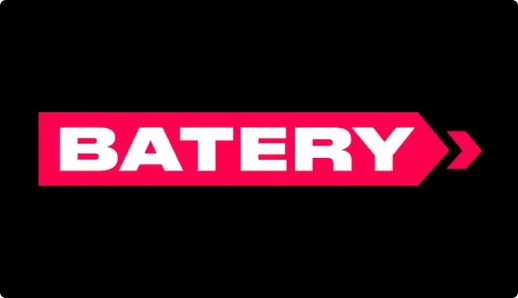Types of Circuit or Converters used in Power Electronics
The power electronics deals with power conversion in a very controlled manner. The most important part of power electronics is the power control & the characteristics of the switches that allow this conversion. The function of conversion is performed by static power converters. These converters are divided into six types of circuits or converters used in power electronics.
- Diode rectifier
- AC-DC converters (controlled rectifier)
- AC-AC converters (AC voltage controller)
- DC-DC converters (DC choppers)
- DC-AC converters (Inverters)
- Static switches
These converters are briefly discussed in this article.

Table of Contents
Diode Rectifier
This circuit (Diode rectifier) converters AC power into fixed DC power. The applied input voltage can be single-phase or three-phase. The input alternating voltage is converted into a steady & smoother DC output.

AC-DC Converters (Controlled Rectifier)
This type of converters converts the applied AC signal into DC signal using controlled switches (Thyristors). For this reason, the converter is also known as a controlled rectifier. Four natural commutated thyristors are used in this circuit instead of diodes as shown in the figure.

Read More about: Thyristor | Its Working, Types & Applications
The average output voltage of the converter can be controlled by firing delay or by varying the conduction time. The applied input can be single-phase or three-phase.
AC-AC Converters
These converters convert the fixed AC source into variable AC output voltage. A single-phase AC-AC converter is shown in the figure with a TRIAC. By varying the conduction time of TRIAC, the output voltage of converter can be controlled directly. AC-AC converters are also known as AC voltage controllers.

DC-DC Converters
DC-DC converters convert or change the voltage level of applied DC input into a DC output. These converters are also known as choppers, or a transistor chopper, or switching regulator as shown in the figure.

The average output voltage of the converter circuit can be directly controlled by changing the conduction time of the controlled switch. The conduction time t of the switch is the product of the duty cycle and chopping period.
t = DT
Where D is the duty cycle of the chopper and T is the chopping period.
DC-AC Converter
DC-AC converters convert the input DC power into AC power. These converters are also known as inverters. There are a lot of different types of inverters; however, a typical Inverter uses four switches or thyristors. The four switches make 2 pairs, individually controlled by a switching circuit where each pair is switched on at one interval of time. This alternating switching of the thyristors provides an alternating current through the load. This rhythm of turning the switches changes the DC voltage into AC across the load. The output voltage of the circuit can be directly controlled by changing the conduction time of the switch using the switching circuit.

Static Switches
Static switches are a type of converter that connects the load with the source & also provides an abrupt switching between the sources. In UPS (Uninterruptible Power Supply), there are a various number of different conversion stages that cascaded for producing different output voltage levels as shown in the figure.

There are two source lines as shown in the figure, L1 and L2. L1 supplies the normal AC from the AC mains or AC outlets via the static switch while the rectifier charges the backup battery from the line L2. The emergency power to the load from the battery is inverted and then feed to the load via an isolation transformer. The supply to the switches can be AC or DC. These switches are known as static switches or DC switches.
You may also read:
- Difference Between Power Transformer and Distribution Transformer
- Types of Electrical Machines
- Differences Between Synchronous & Induction Motor
 All About Engineering A Very useful blog about Engineering
All About Engineering A Very useful blog about Engineering






